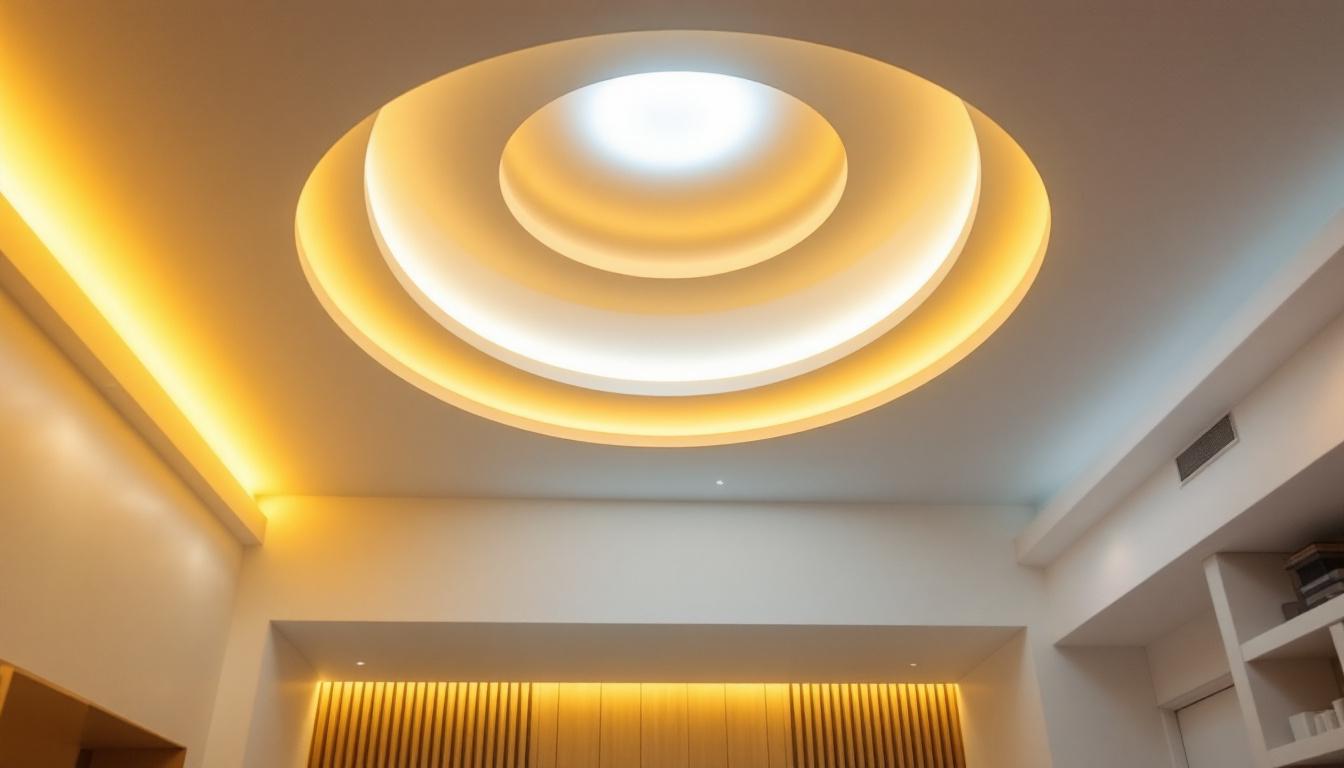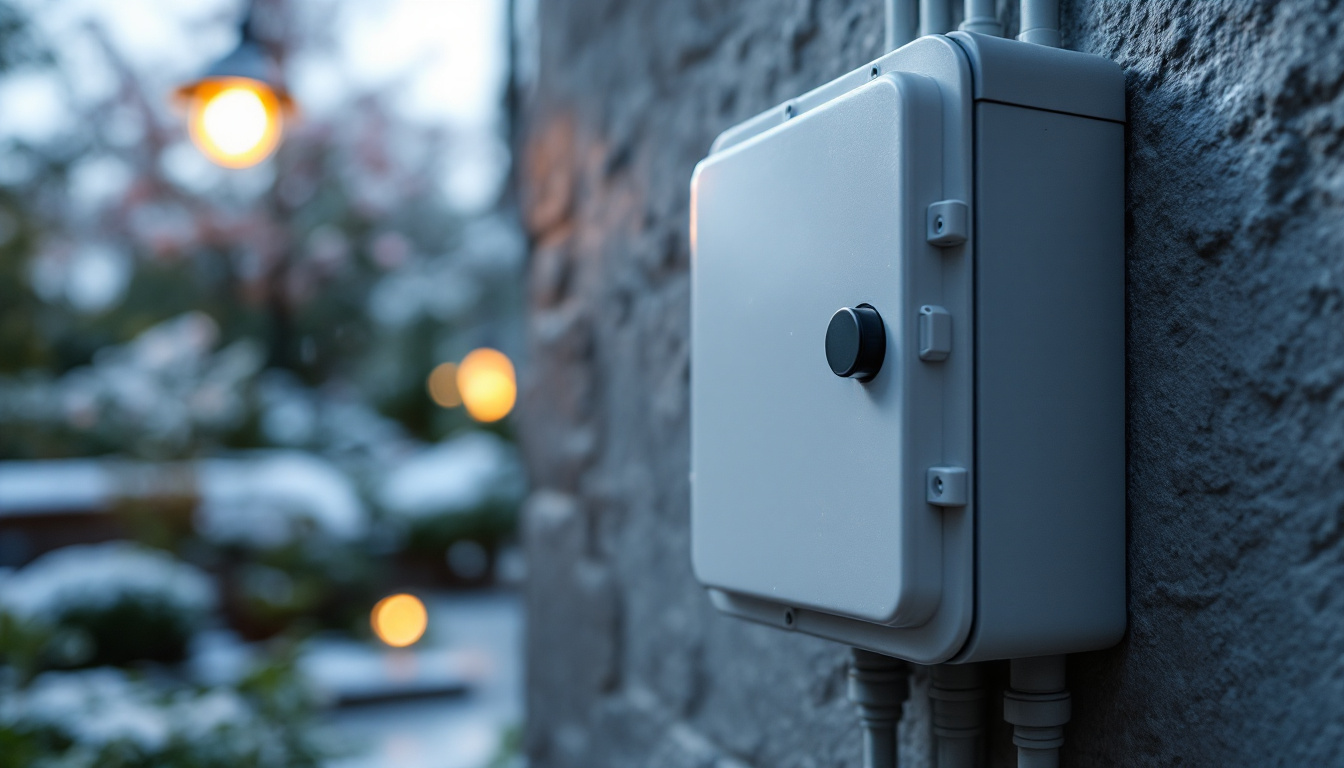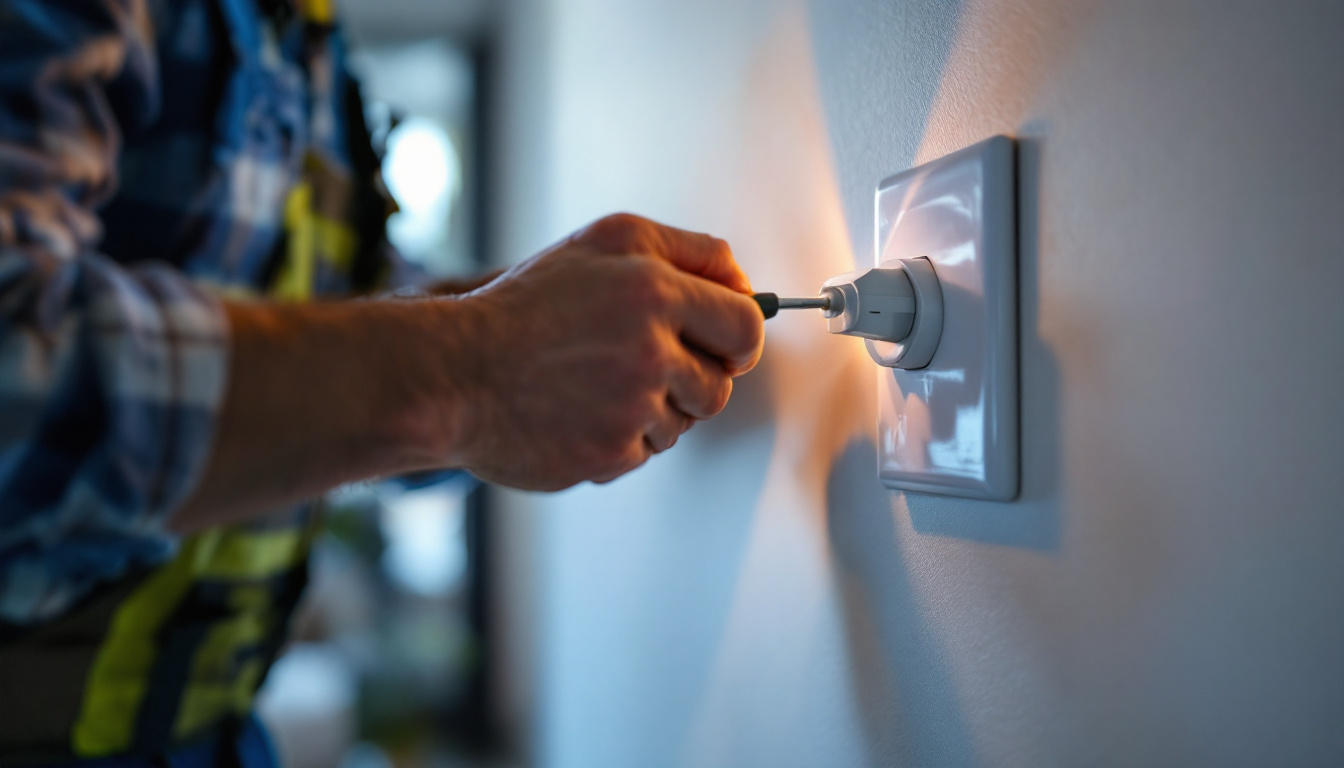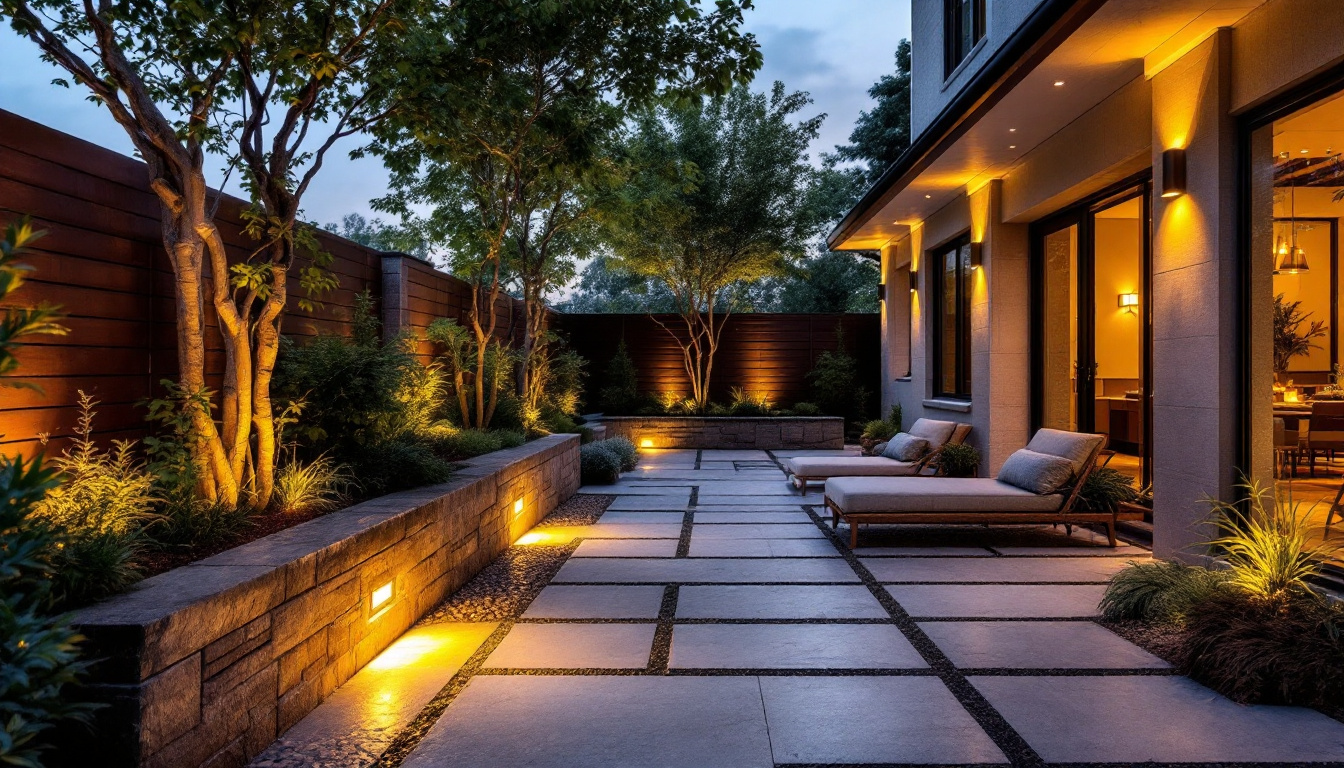
In the world of lighting design, ceiling light coves have emerged as a significant feature that enhances both aesthetics and functionality. For lighting contractors, understanding the importance of ceiling light coves is essential for delivering exceptional results to clients. This article delves into the various aspects of ceiling light coves, their benefits, and how they can elevate a project’s overall appeal.
Ceiling light coves are architectural features that involve a recessed area in the ceiling where lighting fixtures are installed. These coves can be designed in various shapes and sizes, allowing for flexibility in both residential and commercial spaces. The primary purpose of a ceiling light cove is to create an indirect lighting effect, which can enhance the ambiance of a room.
There are several types of ceiling light coves that lighting contractors can consider, each offering unique advantages. Some of the most common types include:
The materials chosen for ceiling light coves can significantly impact both their appearance and functionality. Common materials include:
Ceiling light coves offer numerous benefits that can enhance the overall quality of lighting in a space. For lighting contractors, understanding these benefits can help in making informed design choices that align with client needs.
One of the most significant advantages of ceiling light coves is their ability to enhance the visual appeal of a room. By providing indirect lighting, these coves create a soft glow that can highlight architectural features, artwork, or furnishings. This aesthetic enhancement can be a selling point for clients looking to elevate their space.
Ceiling light coves can improve the overall quality of lighting in a room. The indirect nature of the light reduces harsh shadows and glare, creating a more comfortable environment. This is particularly important in spaces where people spend significant amounts of time, such as living rooms, offices, or retail environments.
Incorporating energy-efficient lighting solutions within ceiling light coves can lead to significant energy savings. By utilizing LED fixtures, contractors can provide clients with long-lasting and low-energy lighting options. This not only reduces electricity costs but also contributes to a more sustainable approach to lighting design.
When designing ceiling light coves, several factors must be taken into account to ensure optimal results. Lighting contractors should consider the following elements during the design phase:
The purpose of the room plays a crucial role in determining the type and intensity of lighting required. For example, a cozy living room may benefit from warm, ambient lighting, while a workspace may require brighter, more focused light. Understanding the functionality of the space will guide the design of the cove and the selection of appropriate fixtures.
The height of the ceiling and the scale of the room are essential considerations when designing ceiling light coves. In spaces with high ceilings, larger coves may be necessary to create a balanced look, while lower ceilings may require more subtle designs. Proper scaling ensures that the cove complements the overall architecture without overwhelming the space.
The choice of fixtures is critical in achieving the desired lighting effect. Contractors should consider the color temperature, brightness, and beam angle of the fixtures to ensure they align with the intended ambiance. Additionally, dimmable options can provide versatility, allowing clients to adjust the lighting according to their needs.
Proper installation of ceiling light coves is vital for achieving the best results. Lighting contractors must be familiar with various installation techniques to ensure that the coves are both functional and visually appealing.
Before installation, careful planning and layout are essential. This involves measuring the space accurately and determining the placement of the cove to achieve the desired lighting effect. Creating a detailed plan can help avoid common pitfalls and ensure a smooth installation process.
Electrical considerations are paramount when installing ceiling light coves. Contractors must ensure that the wiring is properly installed and that the fixtures are compatible with the electrical system. It’s also important to adhere to local building codes and regulations to ensure safety and compliance.
Once the cove is installed, finishing touches such as painting or adding trim can enhance the overall appearance. Choosing the right colors and finishes can help the cove blend seamlessly into the room or stand out as a focal point, depending on the design intent.
Examining successful case studies can provide valuable insights into the effective use of ceiling light coves in various settings. These examples highlight the versatility and impact of cove lighting in different environments.
In a recent residential project, a lighting contractor designed a linear ceiling light cove in the living room of a modern home. The cove was painted in a soft white to match the ceiling, creating a seamless look. LED strip lights were installed within the cove, providing a warm ambient glow that enhanced the cozy atmosphere of the space. The result was a beautifully lit room that became a focal point for family gatherings.
In a commercial setting, a lighting contractor was tasked with illuminating a high-end retail store. The design included curved ceiling light coves that followed the contours of the space. Using adjustable LED fixtures, the contractor was able to create dynamic lighting that highlighted merchandise while maintaining an inviting ambiance. This installation not only improved the shopping experience but also contributed to increased sales.
In a luxury hotel lobby, a custom ceiling light cove was designed to create a dramatic entrance for guests. The cove featured a combination of warm and cool lighting, allowing for versatility in mood. The use of high-quality materials and intricate design elements made the cove a standout feature that left a lasting impression on visitors. This project showcased how ceiling light coves can elevate the overall design of hospitality spaces.
While ceiling light coves offer numerous benefits, lighting contractors may encounter challenges during the design and installation process. Being aware of these challenges and having solutions at hand can ensure successful project completion.
One common challenge is dealing with existing architectural constraints. In older buildings, for example, the ceiling height or structure may limit the design options for coves. In such cases, contractors can explore alternative designs, such as shallower coves or integrating cove lighting with existing architectural features to create a harmonious look.
Budget limitations can also pose challenges. Clients may have a vision for elaborate cove designs that exceed their budget. Lighting contractors can address this by offering scaled-down versions of the original design or suggesting cost-effective materials that still achieve the desired aesthetic. Clear communication about budget constraints is crucial to finding a solution that satisfies both the contractor and the client.
Technical issues, such as electrical compatibility or installation difficulties, can arise during the project. To mitigate these challenges, contractors should conduct thorough pre-installation assessments and maintain open lines of communication with electricians and other trades involved in the project. This collaborative approach can help identify potential issues early and streamline the installation process.
As technology continues to evolve, the future of ceiling light coves looks promising. Innovations in lighting technology, such as smart lighting systems and energy-efficient fixtures, will likely shape the design and functionality of coves in the coming years.
Smart home technology is becoming increasingly popular, and ceiling light coves can be integrated into these systems for enhanced control and customization. Lighting contractors will need to stay informed about the latest smart lighting solutions to offer clients innovative options that enhance their living spaces.
With a growing emphasis on sustainability, contractors will need to focus on eco-friendly materials and energy-efficient lighting solutions. Incorporating sustainable practices into cove design and installation will not only meet client demands but also contribute to a more environmentally responsible industry.
As design trends continue to evolve, lighting contractors will have opportunities to explore creative cove designs that push the boundaries of traditional lighting. Experimenting with shapes, colors, and materials can lead to unique installations that set contractors apart in a competitive market.
Ceiling light coves are an essential aspect of modern lighting design, offering numerous benefits for both aesthetics and functionality. For lighting contractors, understanding the importance of these features can lead to enhanced client satisfaction and successful project outcomes. By staying informed about design trends, installation techniques, and emerging technologies, contractors can position themselves as leaders in the industry, ready to tackle the challenges and opportunities that come with ceiling light cove installations.
Ready to take your ceiling light cove installations to the next level? At LumenWholesale, we provide lighting contractors with the highest quality, spec-grade lighting products at prices that can’t be beaten. Say goodbye to local distributor markups and hello to our extensive selection that meets rigorous industry standards. With free shipping on bulk orders, you can trust that you’re getting premium lighting at the best value — all without hidden fees or compromises. Elevate your lighting projects with the perfect combination of quality, affordability, and convenience. Wholesale Lighting at the Best Value is just a click away.

Discover essential tips and innovative strategies for lighting contractors in “Blinking Light Bulb.” This guide illuminates the path to mastering your craft, enhancing project efficiency, and delivering exceptional lighting solutions..

Discover expert insights from top lighting contractors on choosing and installing weather-tight electrical boxes.

Discover why single plug outlets are a crucial component for lighting contractors.

Discover the essential checklist for lighting contractors when installing outdoor recessed lights.